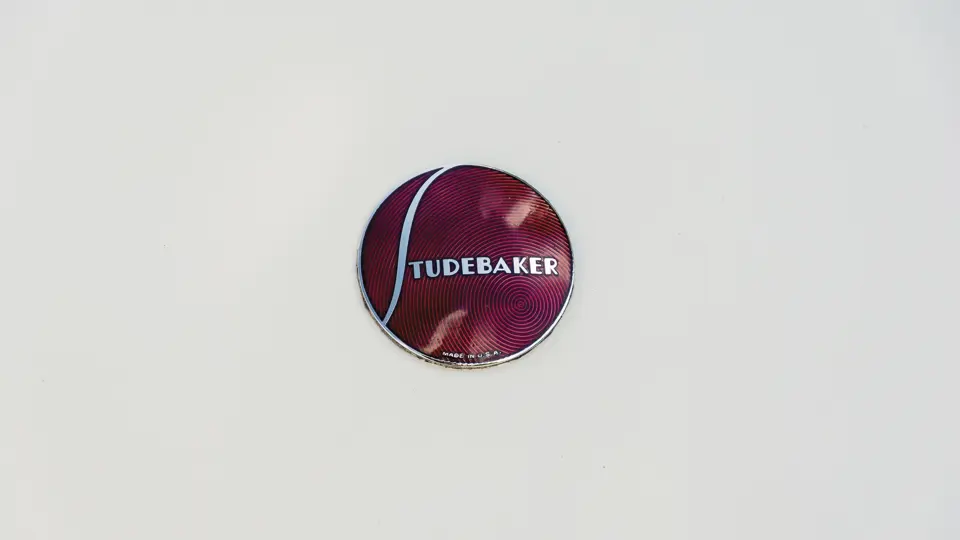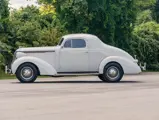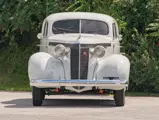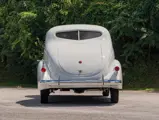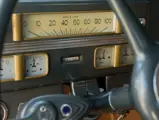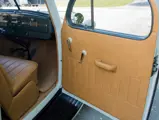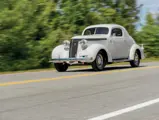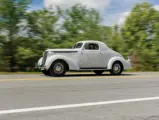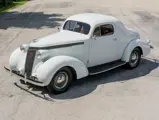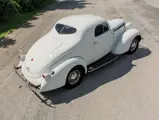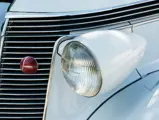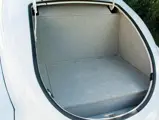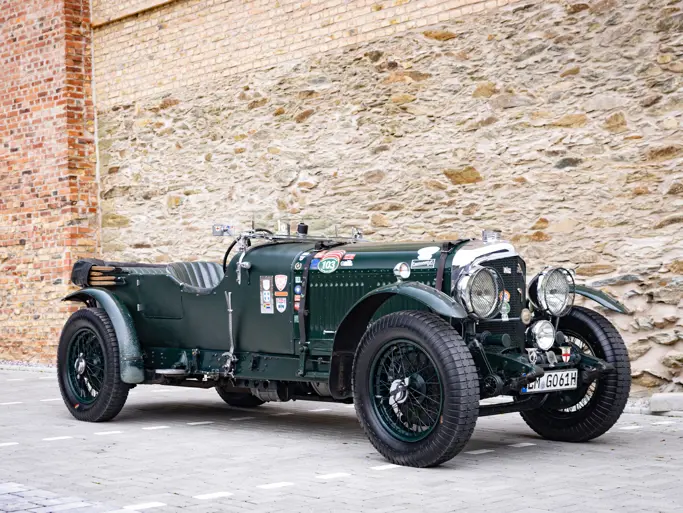
1937 Studebaker Dictator Business Coupe Custom
{{lr.item.text}}
$29,700 USD | Sold
{{bidding.lot.reserveStatusFormatted}}
- Stylish, modern design
- Upgraded with 1953 Studebaker engine and overdrive transmission
- Equipped with air conditioning for touring comfort
- New interior, including upholstery, carpets, and headliner
85 hp, 169.6 cu. in. L-head inline six-cylinder engine, three-speed synchromesh manual transmission with overdrive, solid front axle with Houdaille shock absorbers, hypoid rear axle, and four-wheel hydraulic brakes. Wheelbase: 116 in.
The Studebaker brothers Henry and Clem established a wagon shop in South Bend, Indiana, in 1852 with a total capital of just $68. Migration to the western territories, the Indian Wars, and orders from settlers and the United States Army for covered wagons brought them great success; the company was grossing $350,000 annually by 1867. Joined later by three more brothers, the company offered its first electric vehicle in 1902 and its first gasoline-powered car by 1904.
Fast forward to 1932, when its offerings comprised three series in ascending order—Dictator, Commander, and President. Having retooled its entire lineup in 1936, Studebakers for 1937 received a streamlined facelift. In addition to a more pointed grille, an alligator hood opening from the front and extended hood louvers were added to what was already a handsome design.
Among new features for 1937 were available dual-warm air defrosters (something we take for granted today), a flat 18-gallon fuel tank that afforded more trunk room, and rotary door latches with safety catches for extra security. Interestingly, for the second year in a row, no convertible models were offered. This also marked the final year for the Dictator series—even then it was considered politically unacceptable, and the name was gone after 1937. Studebakers were highly regarded for their contemporary styling, especially during the Thirties.
This unique Business Coupe can best be described as a mild custom. While it holds true to its 1937 origins both inside and out, it has been fitted with a 1953 Studebaker six-cylinder engine and three-speed manual overdrive transmission. The interior is finished in camel vinyl that was recently installed and is virtually brand new and never used. Air conditioning has also been fitted for additional comfort. Otherwise, the vehicle appears essentially as-built in 1937.
It was constructed by a lifetime Studebaker Driver’s Club member as his interpretation of a vintage Studebaker with “modern” mechanicals. He treated the car to a frame-off restoration, maintaining its stock exterior appearance. The interior, carpeting, and headliner were finished by the current owner. Regardless, the Loewy good looks remain intact and true to his original form, though with a little more function.




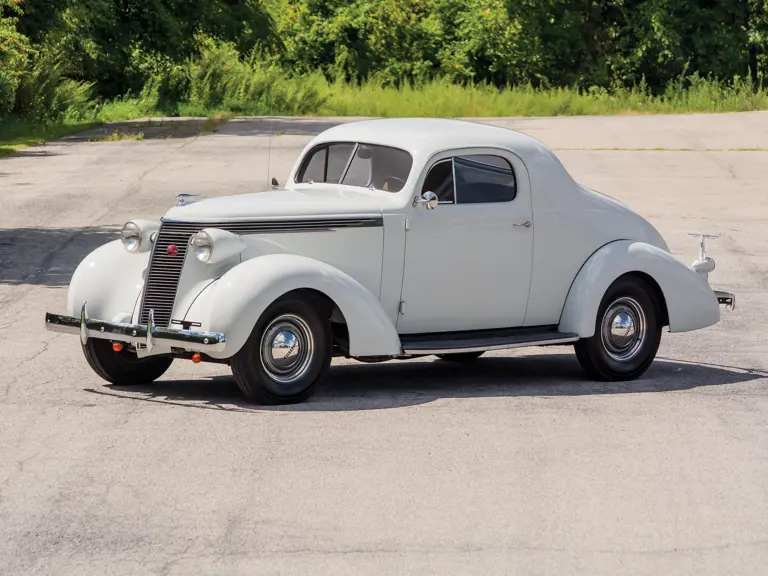
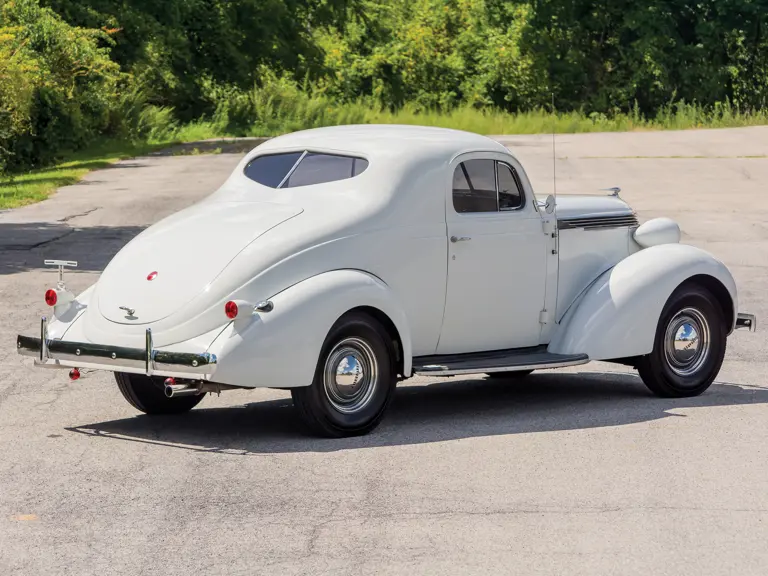
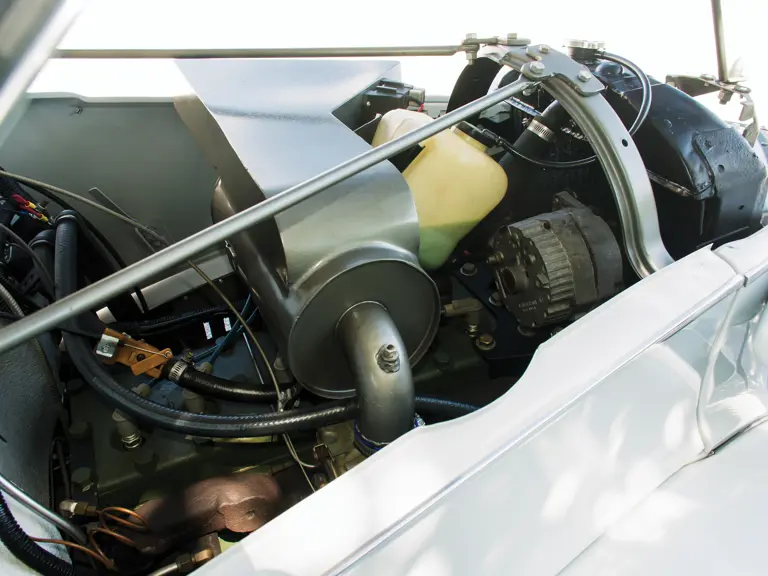

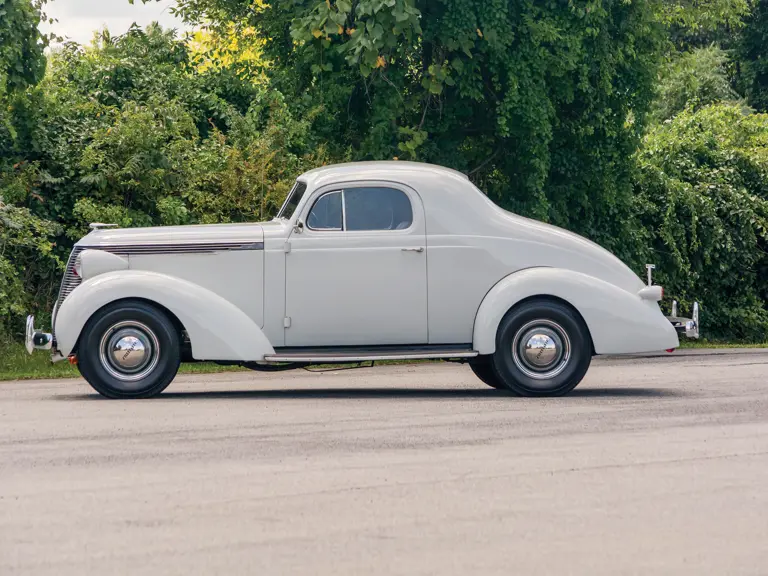

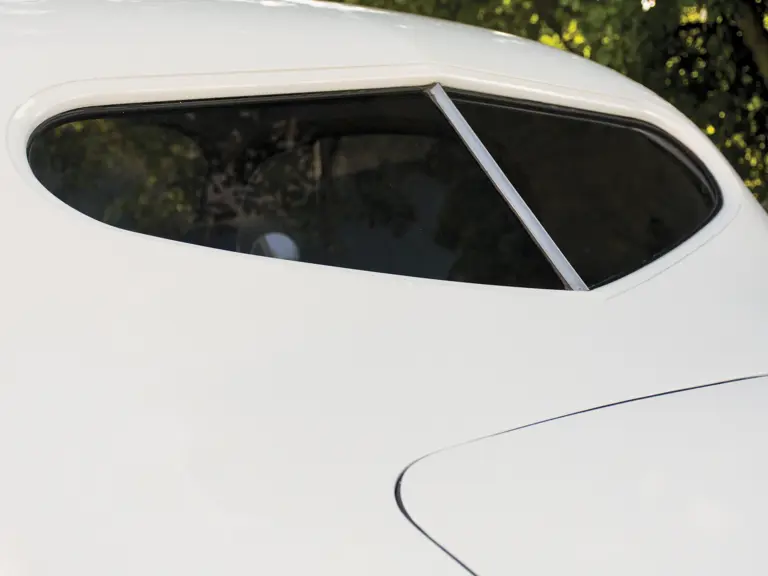
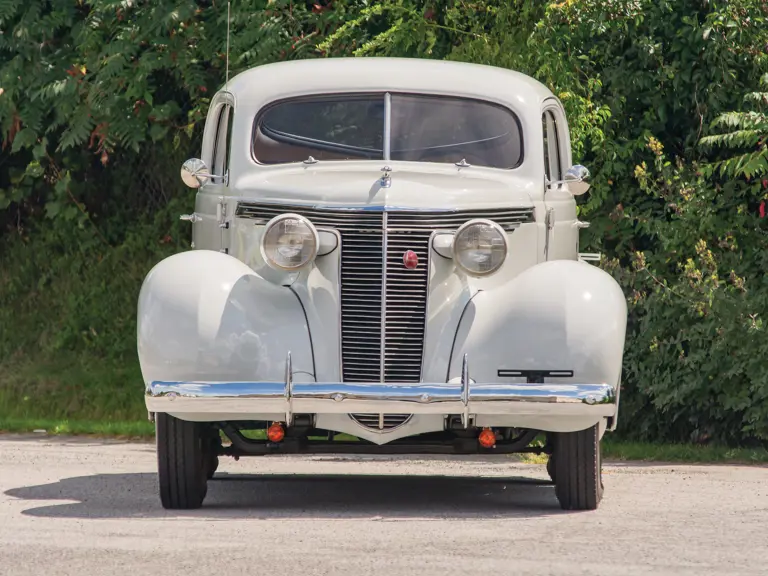

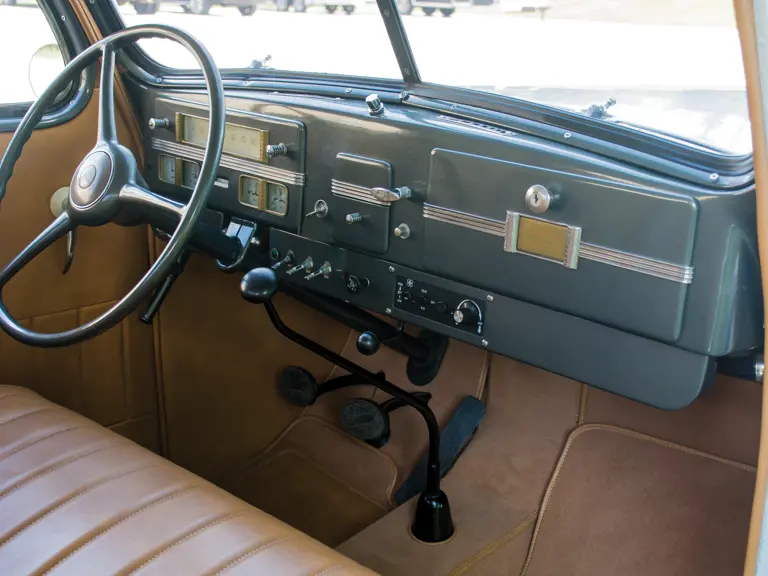
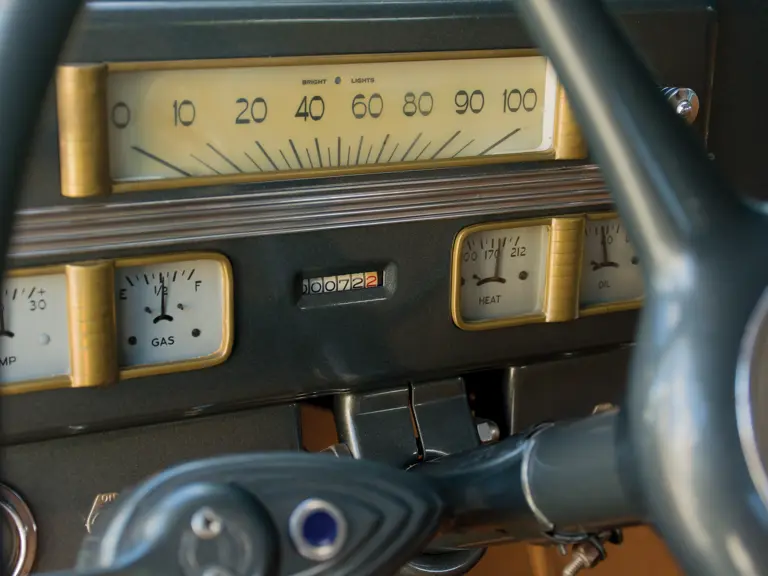
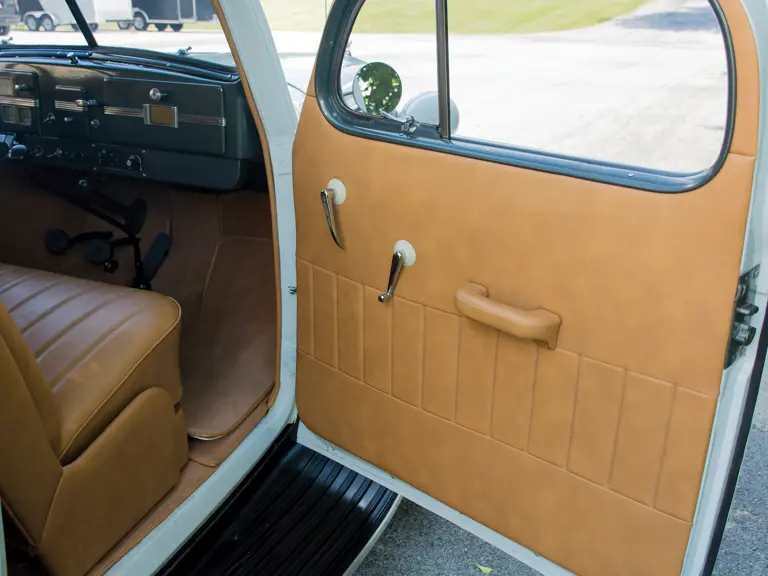
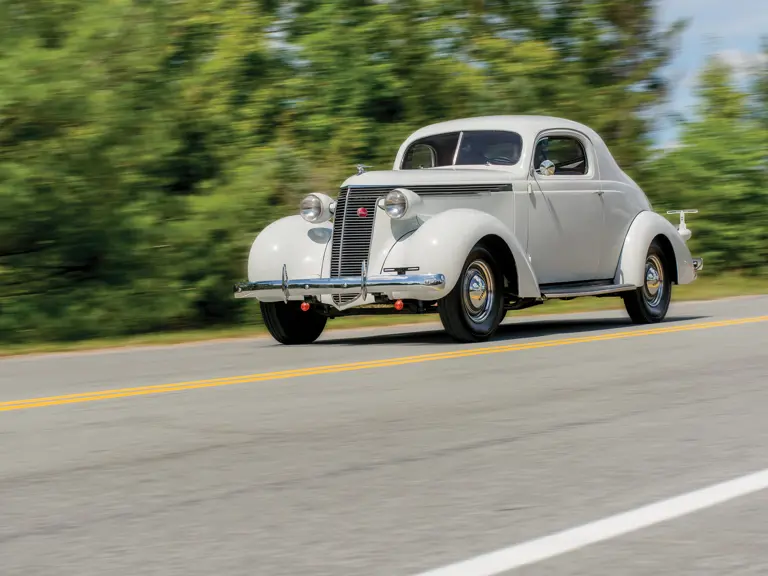

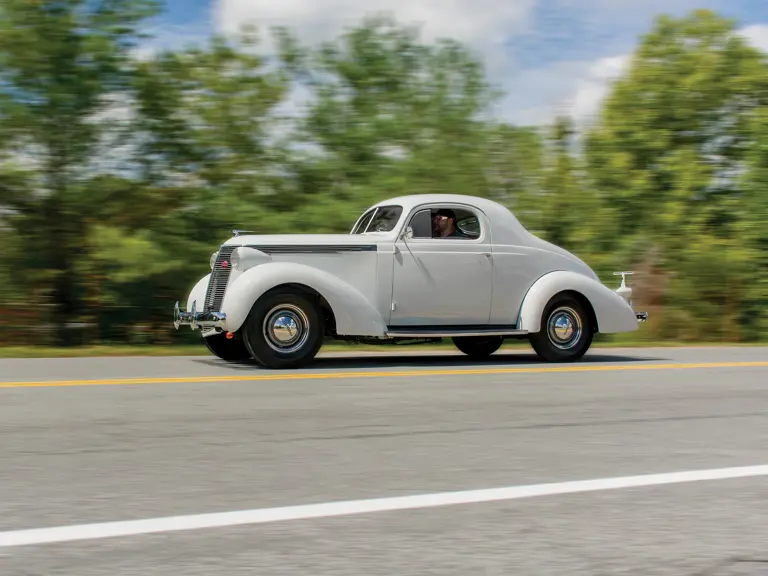
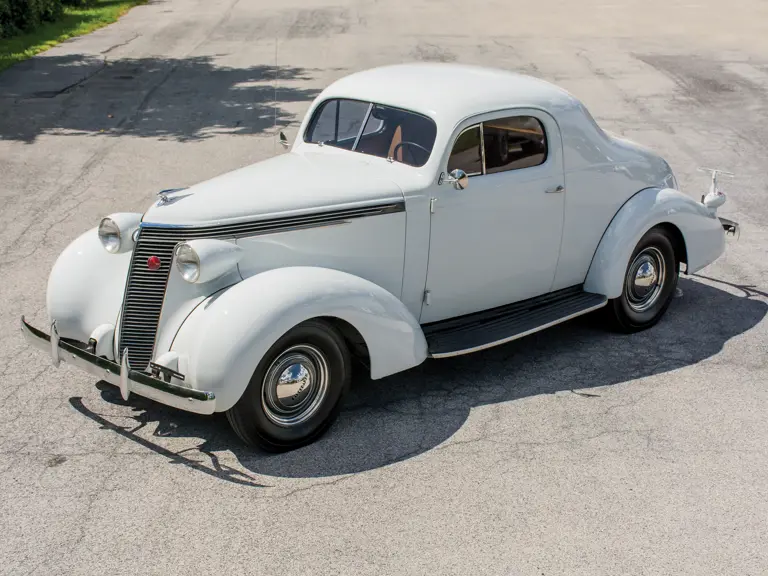
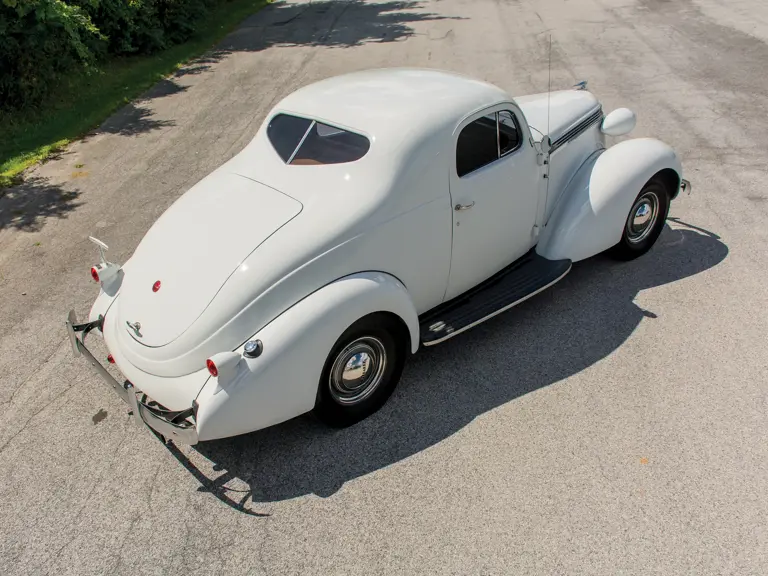


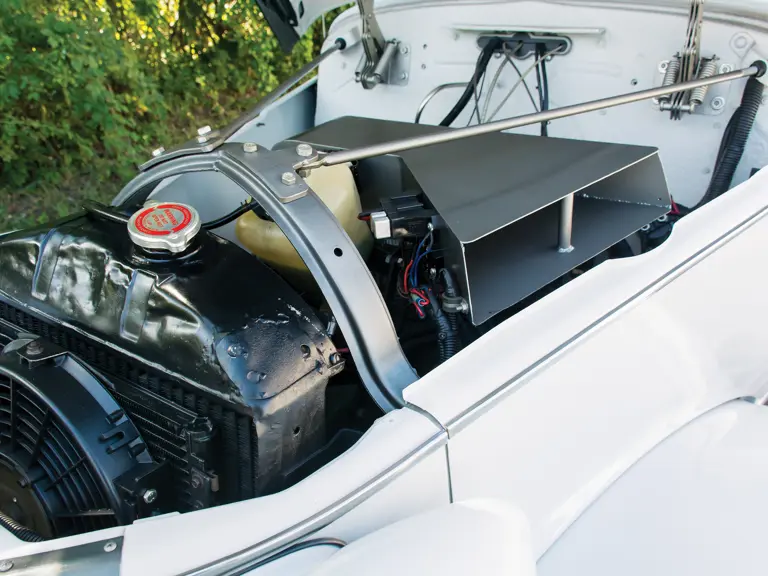
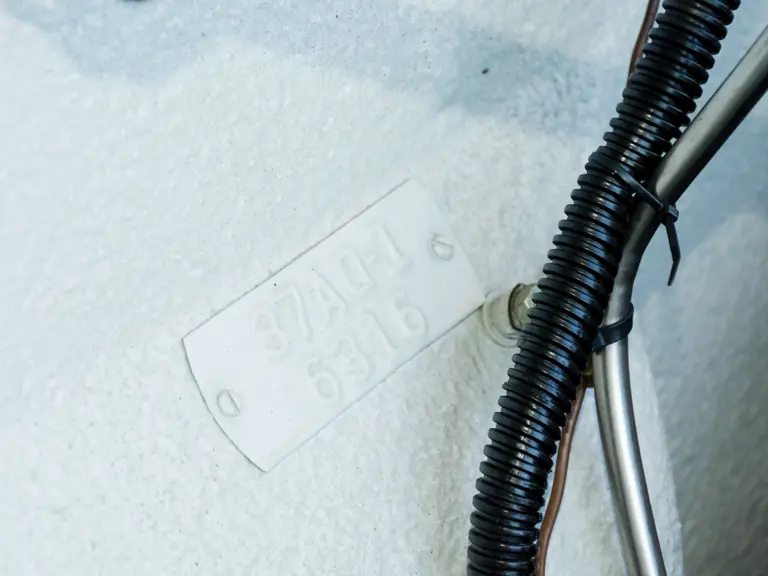

 | Hershey, Pennsylvania
| Hershey, Pennsylvania

